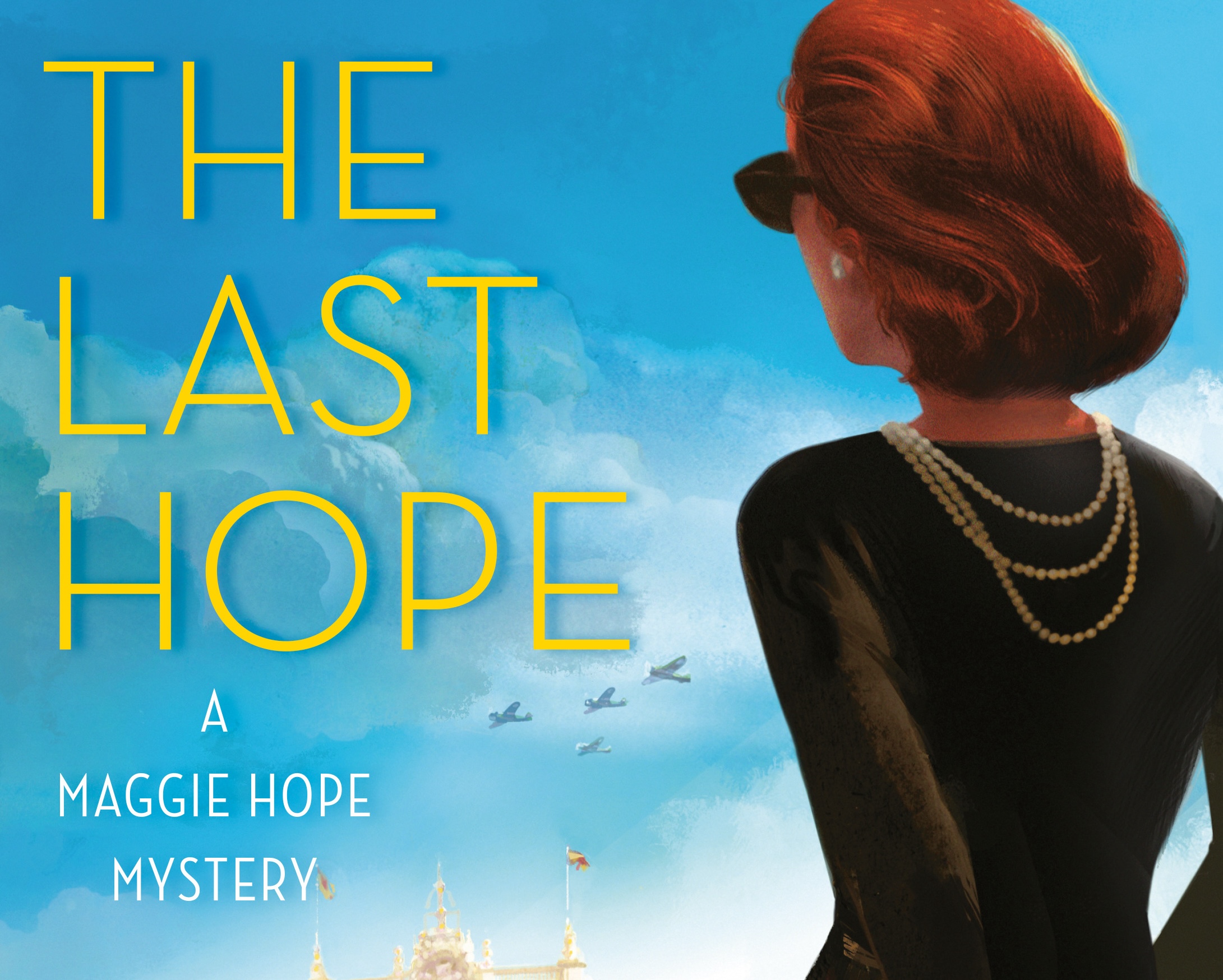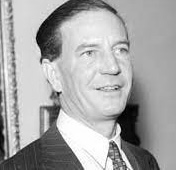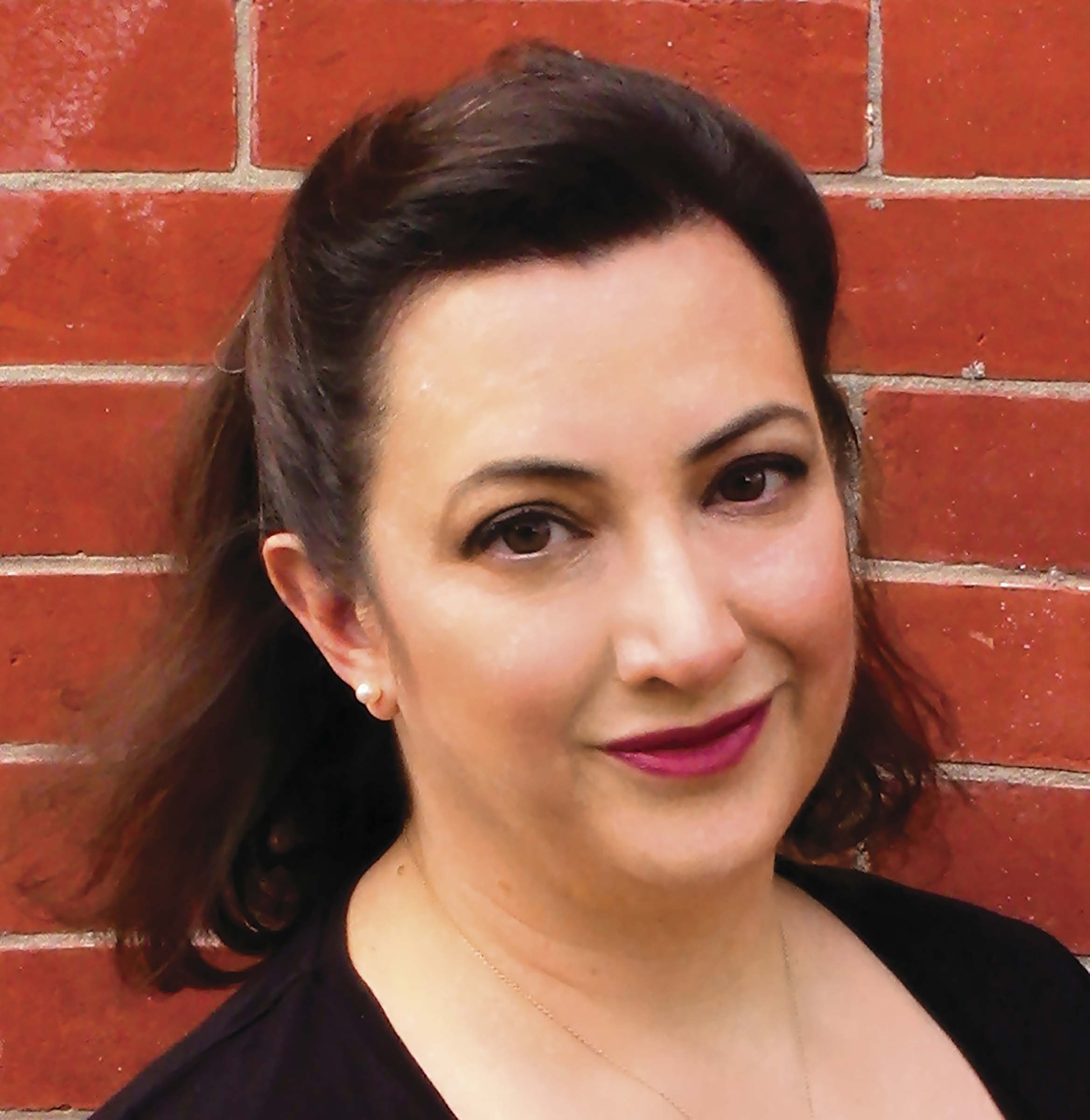
"One of my favorite parts of writing a novel is the research. I love going down rabbit holes on lesser-known facets of history, the quirky, head-scratching, jaw-dropping stuff."
The 11th, and final, book of the Maggie Hope series, The Last Hope, might seem completely over the top if it were not grounded in actual history. Throughout the series, my goal has been to shed light on aspects of the war which are little known (at least to us now) and what “regular people” did as well as the historic bold names. My goal has also been to take “white hat” and “black hat” stories about the Greatest Generation and show them in more shades of gray.
I’ve explored the IRA bombings in London, which were simultaneous with the Blitz, and the plot to kill King George and kidnap Princess Elizabeth to put the Duke of Westminster and Mrs. Simpson on the throne. Britain not only had to deal with enemies from abroad, but enemies within, whether they were double agents or serial killers.
One of my favorite parts of writing a novel is the research. I love going down rabbit holes on lesser-known facets of history, the quirky, head-scratching, jaw-dropping stuff. Some of the historical facts I explore in The Last Hope, are so unbelievable and extraordinary that—even on my 11th book—I had to cross-reference the details with multiple sources. When that happens, I know I need to write about them. Then I research as much as possible, think of how they could affect Maggie in real time, and start imagining.
For The Last Hope I took three distinct threads of World War II history. The first was Coco Chanel’s actions as a Nazi secret agent, including her two trips to Madrid to broker a separate peace for Germany with Britain on behalf of Walter Schellenberg. The second was the story of Mo Berg, a former Red Sox catcher, who worked for the OSS (the precursor to the CIA) during World War II. His assignment was to assassinate Werner Heisenberg, the German whom the Allies believed had developed the first nuclear bomb, or was close to doing so. And then there’s Aline Griffith, the Countess of Romanones. Like Berg, she was American and working for the OSS in Madrid during the war, being romanced by the famous bullfighter Juanito Belmonte (whom she eventually married!) while carrying out spy missions.

Of course, this is Maggie’s story, and I needed a way to connect all these disparate events. Enter Kim Philby—yes, that Kim Philby, one of the infamous Cambridge Spies, who eventually defected to the Soviet Union. During WWII, Philby oversaw Spain and Portugal for SOE, and ran U.K. missions there. He connected Maggie, in SOE, to everything happening in Madrid. And thus I was able to draw in the bigger themes of the start of the Cold War during the last years of WWII, and how (since it seemed inevitable the Allies would win) the world’s powers would reorganize themselves after.
Woven into the history, though, is Maggie’s own story. In The Last Hope, she navigates dangerous missions (of course) but also love, loss, acceptance and, ultimately, hope. My wish, as with all of Maggie’s books, is that real historic details make Maggie’s story come alive, and the result is enlightening, entertaining, and maybe even a little inspiring.
 Susan Elia MacNeal is the author of The New York Times, Washington Post, Publishers Weekly, and USA Today-bestselling Maggie Hope mystery series, starting with the Edgar Award-nominated and Barry Award-winning Mr. Churchill’s Secretary. The Maggie Hope novels have been nominated for the Edgar, the Macavity, the ITW Thriller, the Barry, the Dilys, the Sue Federer Historical Fiction, and the Bruce Alexander Historical Fiction awards. The Last Hope is slated to be the final book in the Maggie Hope series.
Susan Elia MacNeal is the author of The New York Times, Washington Post, Publishers Weekly, and USA Today-bestselling Maggie Hope mystery series, starting with the Edgar Award-nominated and Barry Award-winning Mr. Churchill’s Secretary. The Maggie Hope novels have been nominated for the Edgar, the Macavity, the ITW Thriller, the Barry, the Dilys, the Sue Federer Historical Fiction, and the Bruce Alexander Historical Fiction awards. The Last Hope is slated to be the final book in the Maggie Hope series.

